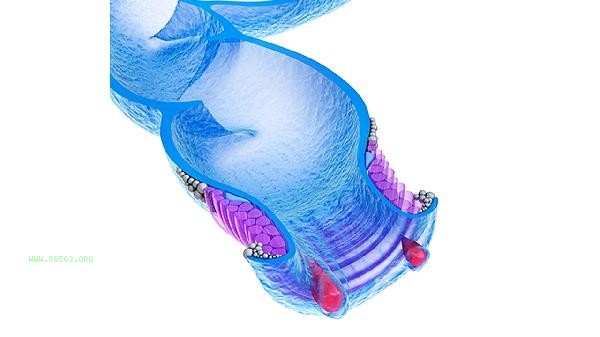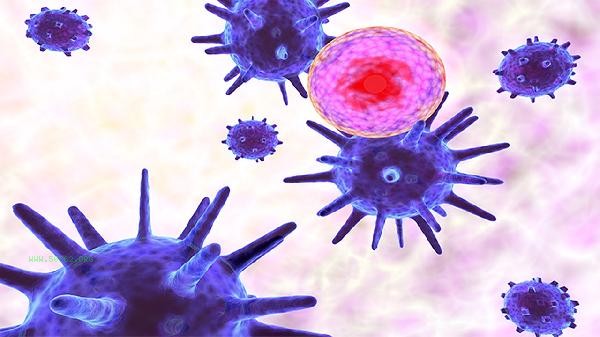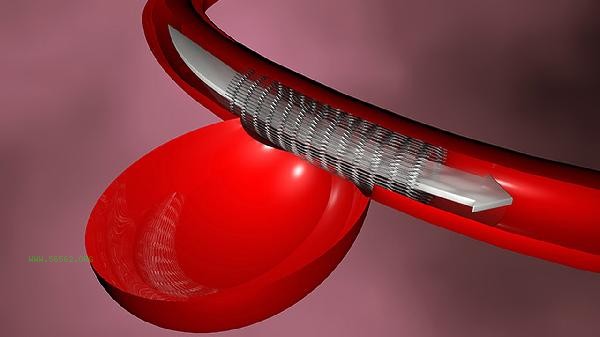Growth hormone is mainly secreted by eosinophils in the anterior pituitary gland. The secretion of this peptide hormone is regulated by both hypothalamic growth hormone releasing hormone and somatostatin, and its main functions include promoting bone growth, protein synthesis, and fat breakdown.

1. Secretory cell localization:
Growth hormone is specifically secreted by eosinophils in the anterior pituitary gland, which account for about 50% of the total number of cells in the anterior pituitary gland. Through special staining techniques, a large number of secretory particles can be observed inside the cells, and dense core vesicles with a diameter of 300-400 nanometers can be seen under electron microscopy. The secretion activity of these cells exhibits a pulse like pattern, with a secretion peak occurring every 3-5 hours.
2. Molecular structural features:
Human growth hormone is a single chain polypeptide composed of 191 amino acids, with a molecular weight of approximately 22kDa. Its molecular structure consists of four alpha helix regions and two disulfide bonds. This unique conformation allows it to specifically bind to growth hormone receptors on target organs such as the liver, thereby activating the JAK-STAT signaling pathway.
3. Secretion regulation mechanism:

Growth hormone releasing hormone secreted by the hypothalamic arcuate nucleus is the main stimulating factor, acting on the pituitary gland through the pituitary portal system. At the same time, somatostatin secreted by the periventricular nucleus of the hypothalamus exerts inhibitory effects. The alternating action of these two neuropeptides forms a pulse like secretion rhythm, and the secretion during the deep sleep stage at night can reach 3-5 times that of the daytime.
4. Life cycle changes:
The daily secretion before puberty is about 0.5-3mg, which increases sharply to 1.5-5mg during puberty. After the age of 20, the secretion decreases year by year with age, and at the age of 40, the secretion is about half of that during puberty. This physiological decline is related to a decrease in the activity of growth hormone releasing hormone neurons and an increase in somatostatin tension.
5. Pathological status influence:
Pituitary adenomas can cause excessive secretion, leading to gigantism or acromegaly. On the contrary, diseases such as pituitary hypoplasia and craniopharyngioma can cause insufficient secretion, leading to dwarfism. These patients require serum insulin-like growth factor-1 testing and pituitary MRI examination to confirm the diagnosis. Maintaining a regular schedule and moderate exercise can help maintain a normal rhythm of growth hormone secretion. The deep sleep period from 10 pm to 2 am is particularly important for hormone secretion, and it is recommended to ensure 7-9 hours of high-quality sleep. Protein intake directly affects synthetic metabolism, and a daily intake of 1.2-1.6g/kg of high-quality protein is recommended. Aerobic exercise such as swimming and jogging can stimulate the pulsatile secretion of growth hormone, and moderate intensity exercise for 30 minutes 3-5 times a week is more suitable. Obese individuals should pay attention to controlling their body fat percentage, as excessive fat tissue can feedback and inhibit growth hormone secretion. During the growth and development period of children, their height and weight curves should be regularly monitored, and any abnormalities should be promptly diagnosed and checked.









Comments (0)
Leave a Comment
No comments yet
Be the first to share your thoughts!